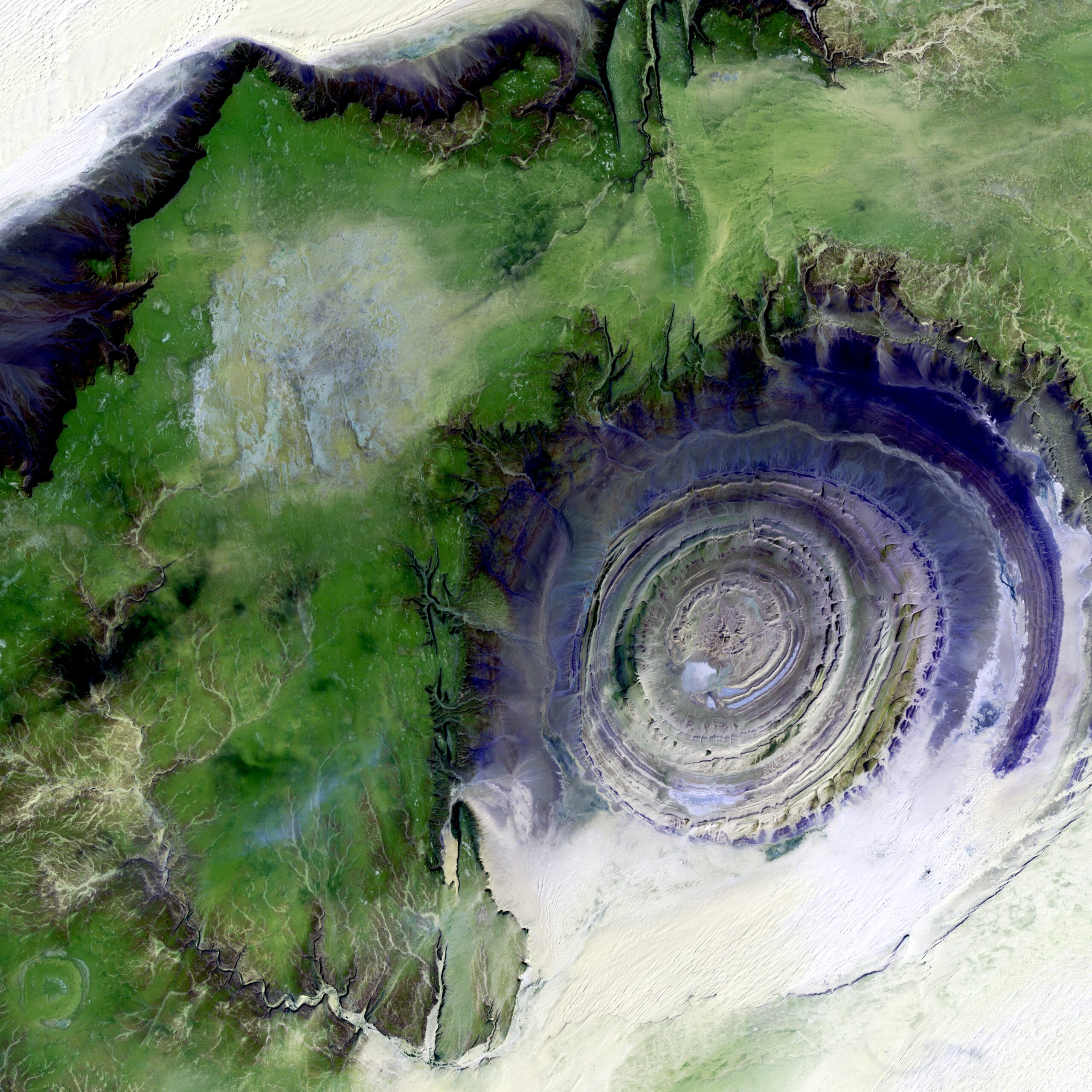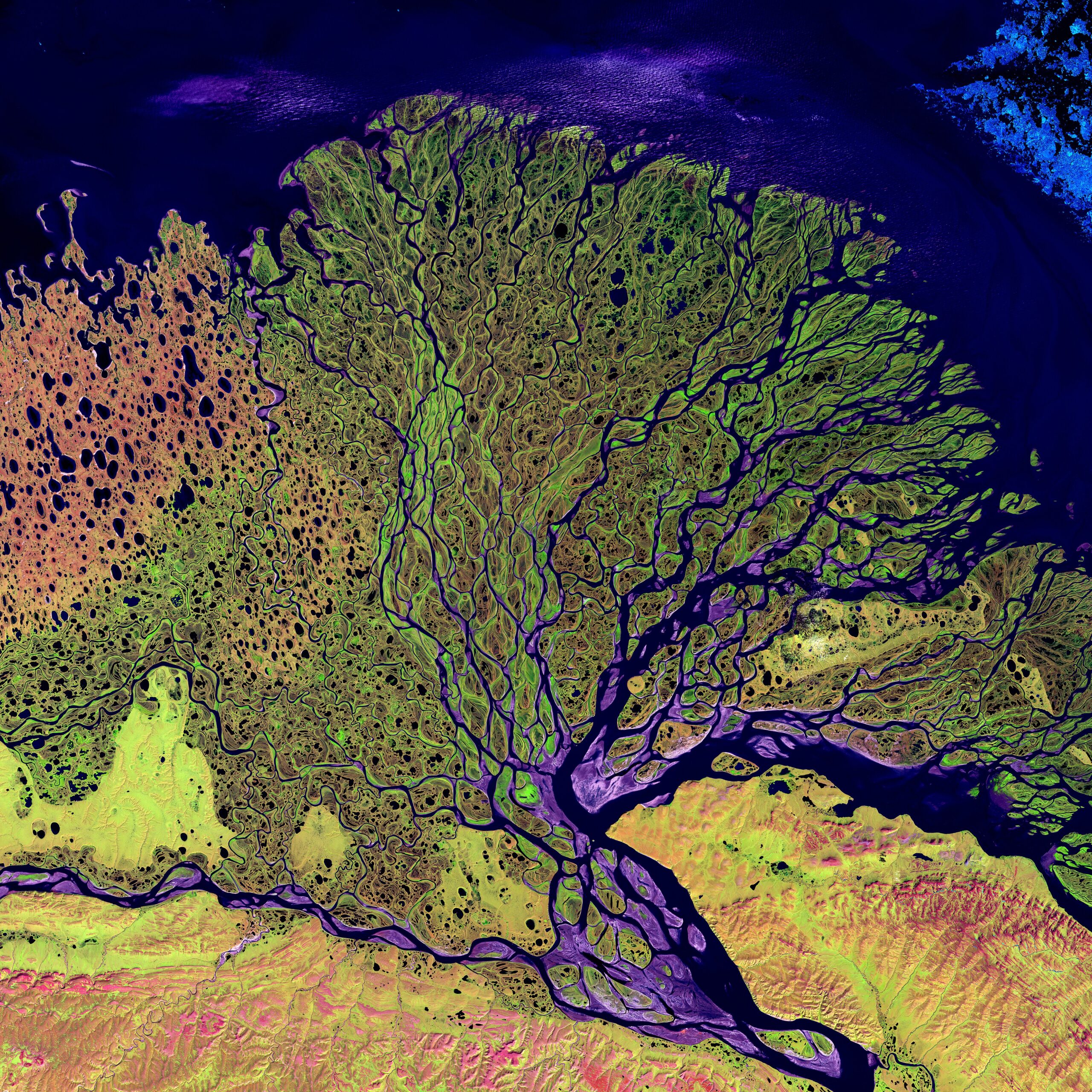Let's embark on a delightful journey to uncover the whereabouts of a majestic wonder – Mount Shasta. Nestled in the enchanting state of California, this awe-inspiring beauty stands tall, beckoning travelers from far and wide with its snow-capped peaks and lush greenery. With its exact location veiled in mystery, get ready to explore the mystical allure surrounding Mount Shasta and discover the secrets it holds.
Geographic Details
Overview of Mount Shasta
Mount Shasta is a majestic and iconic mountain located in the United States, specifically in the state of California. This prominent peak is part of the Cascade Range, which stretches from northern California through Oregon and Washington. With its towering height of 14,179 feet (4,322 meters), Mount Shasta is one of the highest peaks in the entire Cascade Range. Its prominent position and awe-inspiring beauty have made it an important geographical and cultural landmark.
Physical Appearance of Mount Shasta
Mount Shasta boasts a picturesque and distinctive appearance that sets it apart from other mountains in the area. The mountain's symmetrical cone shape is a result of its volcanic origin, with a prominent crater at its summit. Glacial erosion has further sculpted its slopes, leaving behind stunning valleys and steep ridges. The landscape changes dramatically as one ascends, transitioning from lush forested slopes to barren rocky terrain closer to the summit. Snow-capped year-round, Mount Shasta's pristine white peak adds to its allure and visual appeal.
Surrounding Features of Mount Shasta
The area surrounding Mount Shasta is marked by diverse and breathtaking natural features. To the west lies the Shasta Valley, a vast expanse of rolling hills, farmland, and meandering rivers. This valley serves as a gateway to the mountain, providing a tranquil and picturesque backdrop. To the east of the mountain, the lava flows of the Medicine Lake Volcano and the Glass Mountain obsidian flows offer a stark contrast to the verdant forests and alpine landscapes. The surrounding scenery, including lakes, rivers, and dense forests, complements the majestic allure of Mount Shasta.
Specific Location
Mount Shasta in the United States
Mount Shasta is situated in the United States, specifically in the state of California. It is located in the northern part of the state, approximately 60 miles (97 kilometers) north of Redding and 275 miles (443 kilometers) north of the state's capital, Sacramento.
Mount Shasta in California
Mount Shasta is a prominent landmark in the state of California and is part of the Siskiyou County. The mountain resides within the Shasta-Trinity National Forest, a vast wilderness area renowned for its natural beauty and recreational opportunities.
Mount Shasta in the Cascade Range
As one of the significant peaks in the Cascade Range, Mount Shasta is part of a volcanic arc that extends from British Columbia in Canada through the United States and into northern California. This range is renowned for its volcanic activity and diverse landscapes, making it a popular attraction among outdoor enthusiasts and nature lovers.
Town of Mount Shasta
Nestled at the base of the mountain, the town of Mount Shasta provides a vibrant and welcoming community for visitors and residents alike. This quaint town offers convenient access to the mountain's trails, as well as an array of shops, restaurants, and accommodations. With its stunning views and proximity to nature, the town of Mount Shasta serves as a gateway to the mountain's grandeur and offers a place for adventurers to rest and replenish before or after their mountain explorations.

Geology of Mount Shasta
Geological Formation of Mount Shasta
Mount Shasta is a stratovolcano, also known as a composite volcano, formed by repeated eruptions over thousands of years. The mountain's formation can be traced back to approximately 593,000 years ago when volcanic activity began in the area. The eruptions have resulted in the accumulation of layers of lava, ash, and other volcanic materials, contributing to the mountain's distinct shape and composition.
Volcanic Activity at Mount Shasta
Although Mount Shasta is currently considered to be dormant, it has had volcanic activity as recently as 1786. The mountain's volcanic history, combined with its snow-capped peak and pristine beauty, has intrigued scientists and adventurers alike. Ongoing monitoring and research ensure that any potential volcanic activity can be detected, providing valuable information for the safety of climbers and surrounding communities.
Features of the Mount Shasta Geology
Mount Shasta's geology is characterized by its volcanic origins and various landforms. Glaciation has greatly influenced the mountain's landscape, resulting in the formation of steep canyons, U-shaped valleys, and moraines. The presence of exposed rock formations and the remnants of ancient glaciers offer a glimpse into the mountain's past. Additionally, the region surrounding Mount Shasta is replete with hot springs, lava tubes, and volcanic vents, showcasing the ongoing geological activity in the area.
Climbing Mount Shasta
Accessibility of Mount Shasta
Mount Shasta's accessibility makes it a popular destination for outdoor enthusiasts and climbers from around the world. Multiple trailheads provide different routes to the summit, catering to varying skill levels and preferences. The most common and popular route, known as the Avalanche Gulch, offers a challenging but rewarding experience for climbers.
Climbing Conditions of Mount Shasta
Climbing Mount Shasta requires proper preparation and knowledge of the mountain's unique conditions. The weather can change rapidly, and climbers must be equipped to handle extreme cold, high winds, and potential whiteout conditions. The mountain's rugged terrain demands physical fitness, proper gear, and technical skills, especially for those attempting steeper and more technical routes.
Guidelines for Climbing Mount Shasta
Climbers should adhere to specific guidelines when ascending Mount Shasta to ensure their safety and the preservation of the mountain's fragile ecosystem. Obtaining a wilderness permit is necessary for overnight trips, and climbers should always register at the trailhead to provide valuable information to the authorities. It is crucial to carry appropriate equipment, including navigation devices, first aid kits, and ample food and water supplies. Littering is strictly prohibited, and climbers should practice Leave No Trace principles, minimizing their impact on the environment.
Dangers and Safety Tips
Despite its allure, Mount Shasta poses potential dangers to climbers. Sudden weather changes, avalanches, rockfall, and crevasses are just some of the hazards that climbers may encounter. It is essential to monitor weather forecasts and avalanche conditions before embarking on a climb. Acclimatization to the higher altitude is crucial to mitigate the risks of altitude sickness. Climbers should also be well-prepared with appropriate clothing layers, high-quality gear, and the knowledge of self-arrest techniques. Engaging the services of experienced guides or joining climbing groups is highly recommended, especially for beginners.

Flora and Fauna
Vegetation Around Mount Shasta
The diverse ecosystems around Mount Shasta support a wide variety of plant life. Lower elevations are adorned with lush forests dominated by conifers such as Douglas fir, western hemlock, and ponderosa pine. As the altitude increases, the forests transition to subalpine fir and mountain hemlock, eventually giving way to alpine meadows adorned with wildflowers in the warmer months. Noteworthy plants in the area include the Shasta snow-wreath, Brewer's spruce, and pink mountain-heather.
Wildlife Found Near Mount Shasta
Mount Shasta and its surrounding habitats provide a haven for various wildlife species. Mule deer, black bears, and gray foxes roam the lower slopes, while the higher elevations are home to mountain lions, bobcats, and snowshoe hares. Birdwatchers can delight in the sight of species like the northern goshawk, white-headed woodpecker, and mountain bluebird. The abundant rivers and streams attract salmon and steelhead, contributing to the region's rich biodiversity.
Endangered Species at Mount Shasta
Mount Shasta is also home to several endangered or threatened species that depend on its unique habitats for survival. The yellow-legged frog, a species of special concern, can be found in the mountain's creeks and ponds. The rare Mount Shasta arnica, a beautiful wildflower, is also found in the area and is protected due to its limited distribution. Preserving the delicate ecosystems and reducing human impact is vital for the continued survival of these and other endangered species.
Impact of Climate on Flora and Fauna
The climate around Mount Shasta plays a crucial role in shaping the diversity and distribution of plant and animal life. The mountain's higher elevations present harsh conditions, including freezing temperatures, strong winds, and limited nutrients, which create challenging environments for flora and fauna. As climate change continues to affect the region, the delicate balance of these ecosystems is at risk. Rising temperatures and altered precipitation patterns could disrupt the growth patterns of plants, leading to changes in habitat availability for wildlife. Conservation efforts and understanding the impacts of climate change are crucial for the long-term preservation of Mount Shasta's unique biodiversity.
Climate and Weather Conditions
General Climate of Mount Shasta
Mount Shasta experiences a diverse climate throughout the year due to its varying elevations. Lower elevations generally have a Mediterranean climate, characterized by hot, dry summers and mild, wet winters. However, as one ascends towards the mountain's higher elevations, temperatures decrease significantly, giving way to colder conditions and heavier snowfall.
Seasonal Weather at Mount Shasta
The seasonal weather patterns at Mount Shasta follow distinct patterns. During the summer months, the mountain enjoys mild temperatures with occasional thunderstorms in the afternoons. As autumn approaches, temperatures begin to cool down, and the first snowfall typically occurs in late fall. Winters bring colder temperatures and heavy snowfall, transforming the mountain into a winter wonderland. Spring brings milder conditions, with melting snow, blooming wildflowers, and the return of hikers and climbers to the trails.
Impact of Climate Change on Mount Shasta
Mount Shasta, like many other natural environments, is not immune to the impacts of climate change. Rising temperatures and altered precipitation patterns pose significant challenges to the mountain's ecosystems. Melting glaciers, reduced snowpack, and changes in water availability affect not only the plant and animal life but also the local economies that rely on tourism and recreation. Understanding and addressing the effects of climate change are crucial for preserving the beauty and ecological integrity of Mount Shasta for future generations.

Cultural Significance
Mount Shasta in Native American Culture
Mount Shasta holds immense cultural significance for Native American tribes, most notably the Shasta, Modoc, Karuk, and Wintu peoples. These indigenous groups consider the mountain a sacred place, associating it with creation stories, spiritual practices, and ceremonies. Mount Shasta is believed to be a gateway to the spiritual realm and a source of wisdom and healing. Respect and reverence for the mountain's cultural and spiritual importance continue to be integral to the local indigenous communities.
Legends and Myths About Mount Shasta
Throughout history, Mount Shasta has captivated people's imaginations, giving rise to numerous legends and myths. Some believe the mountain to be the home of the mythical civilization of Lemuria or an entrance to a hidden underground city inhabited by advanced beings. Others claim that Mount Shasta is a site for UFO sightings and extraterrestrial encounters. These stories and legends contribute to the overall mystique and allure of the mountain, shaping its cultural significance in contemporary culture.
Mount Shasta in Contemporary Culture and Media
Mount Shasta continues to inspire artists, writers, and adventurers, leaving an indelible mark on contemporary culture and media. Its striking beauty and spiritual associations have made it a subject of numerous paintings, photographs, and literature. The mountain's depiction in films, music, and other media has further cemented its place in popular culture. Additionally, outdoor enthusiasts and spiritual seekers are drawn to the mountain's serenity and natural grandeur, making it a popular destination for yoga retreats, meditation workshops, and other spiritual pursuits.
Human Impact and Conservation
Human Activities Around Mount Shasta
Human activities around Mount Shasta have both positive and negative impacts on the local environment. The popularity of outdoor recreation, such as hiking, camping, and skiing, has contributed to the local economy and the appreciation of nature. However, increased human presence can also lead to littering, habitat disturbance, and soil erosion. Maintaining a balance between allowing visitors to enjoy the mountain and implementing responsible practices is crucial for the long-term preservation of the natural environment.
Conservation Efforts at Mount Shasta
Efforts to conserve and protect Mount Shasta have been underway for several decades. Organizations and government agencies work collaboratively to preserve the wilderness, restore damaged areas, and educate visitors about responsible outdoor practices. Land acquisitions, habitat restoration projects, and the implementation of sustainable tourism practices are some of the strategies employed to mitigate human impact and ensure the preservation of Mount Shasta's natural beauty for future generations to enjoy.
Effects of Tourism on Mount Shasta
Tourism plays a significant role in the local economy and provides opportunities for individuals to explore and appreciate Mount Shasta's natural wonders. However, an increase in tourism can also place stress on the environment and local communities. Implementing sustainable tourism practices, such as promoting Leave No Trace principles, encouraging responsible hiking and camping, and supporting local businesses, can help mitigate the negative impacts of tourism. It is crucial to strike a balance between tourism and conservation efforts to protect the ecological integrity of the mountain and maintain the cultural heritage associated with it.
Recreation at Mount Shasta
Outdoor Activities at Mount Shasta
Mount Shasta offers a plethora of outdoor activities for nature lovers and adventure seekers. Hiking is one of the most popular activities, with a range of trails catering to different skill levels and experience. From short scenic hikes to multi-day treks to the summit, there are options for everyone. Additionally, mountain biking, fishing, horseback riding, and wildlife viewing are among the many recreational pursuits that visitors can enjoy amidst the breathtaking landscapes.
Mount Shasta Ski Park
During the winter months, Mount Shasta transforms into a snowy wonderland, providing a perfect setting for winter sports enthusiasts. The Mount Shasta Ski Park offers ski and snowboarding opportunities for all skill levels, with a variety of groomed runs and challenging terrain. The park's amenities, including a ski school and equipment rentals, cater to both beginners and experienced riders, ensuring a memorable experience for all.
Camping and Accommodation Around Mount Shasta
For those seeking an immersive experience in nature, camping is a popular option around Mount Shasta. Numerous campgrounds dot the area, offering a range of amenities and beautiful settings, allowing visitors to spend the night under the starry skies and wake up to breathtaking views. Additionally, the town of Mount Shasta provides various accommodation options, including hotels, cabins, and bed and breakfasts, ensuring a comfortable stay for visitors exploring the mountain and its surrounding attractions.
Local Attractions
Nearby Parks and Natural Areas
The region surrounding Mount Shasta is blessed with an abundance of natural beauty and attractions. Castle Crags State Park, located approximately 10 miles (16 kilometers) south of the town of Mount Shasta, boasts dramatic granite spires and stunning hiking trails. The McCloud River, renowned for its picturesque waterfalls and swimming holes, offers a refreshing escape during hot summer months. Furthermore, the nearby Mount Shasta Wilderness provides opportunities for backpacking, fishing, and solitude amidst pristine alpine landscapes.
Town of Mount Shasta Attractions
The town of Mount Shasta itself is a delightful attraction, with its charming shops, art galleries, and cafes nestled among the natural splendor. Visitors can explore the town's quaint streets, browse unique boutiques, and visit the Sisson Museum, which showcases the region's rich history and natural heritage. The town park, with its lush greenery, playgrounds, and picnic areas, provides a relaxing spot for families and individuals to unwind.
Annual Events and Festivals
Throughout the year, the town of Mount Shasta hosts various events and festivals that celebrate the area's natural beauty and community spirit. The Fourth of July Parade, the Mount Shasta Lavender Festival, and the Holiday Open House are just a few examples of the vibrant events that bring locals and visitors together. These festivities not only showcase the town's charm but also provide an opportunity to experience the warm hospitality and cultural vibrancy of the community.
In conclusion, Mount Shasta is not merely a mountain; it is a geographical, cultural, and natural wonder. Its stunning physical beauty, diverse ecosystems, and rich cultural significance make it a destination that captivates the imagination of all who encounter it. Whether exploring its trails, skiing down its slopes, or simply reveling in the tranquility of the surrounding nature, Mount Shasta offers an unforgettable experience that continues to draw people from all walks of life. As we appreciate and enjoy this remarkable mountain, it is vital to preserve its delicate ecosystems, respect its cultural significance, and foster sustainable practices to ensure that Mount Shasta's magnificence remains for generations to come.

